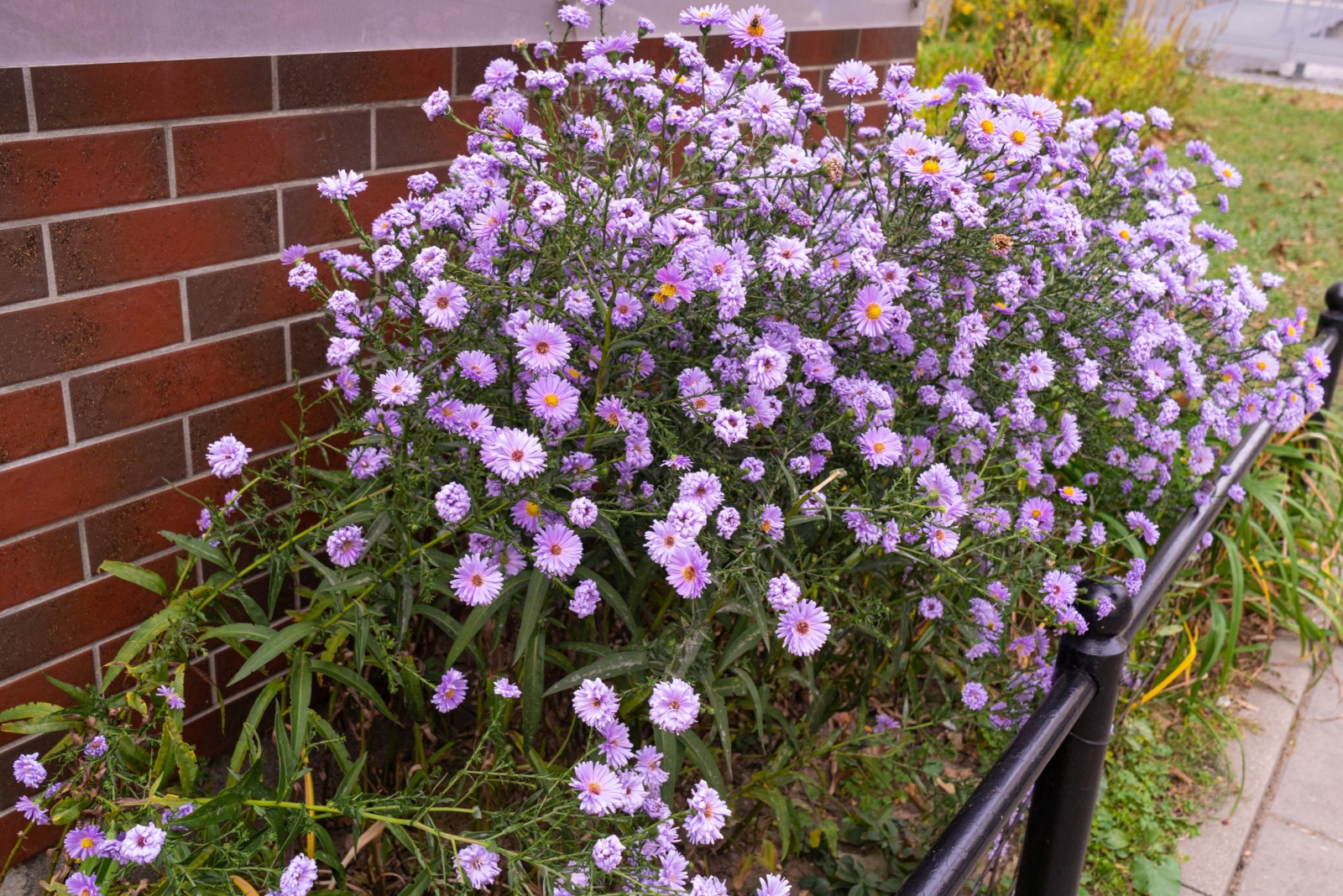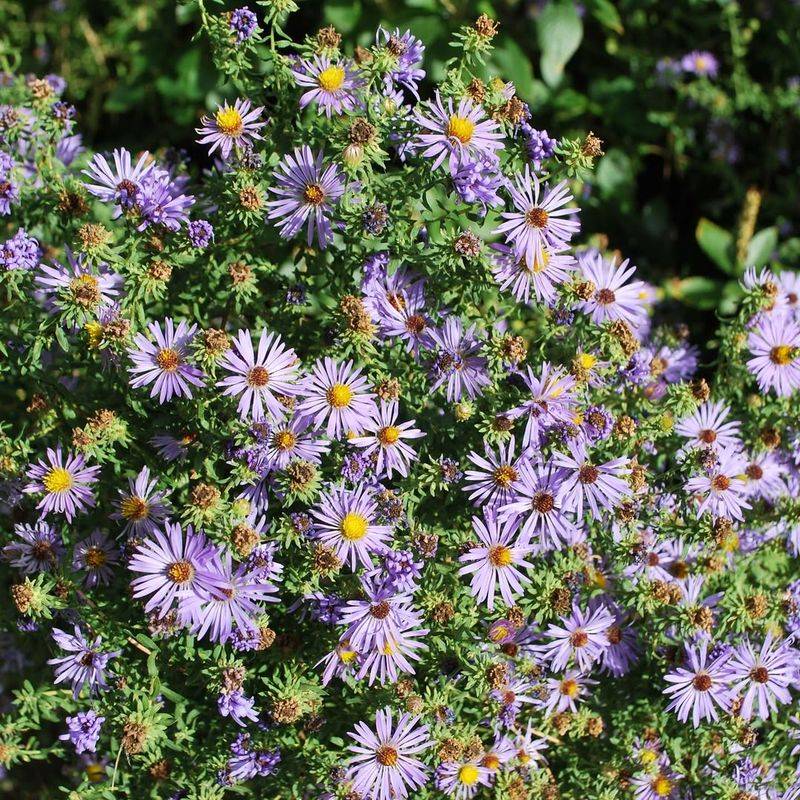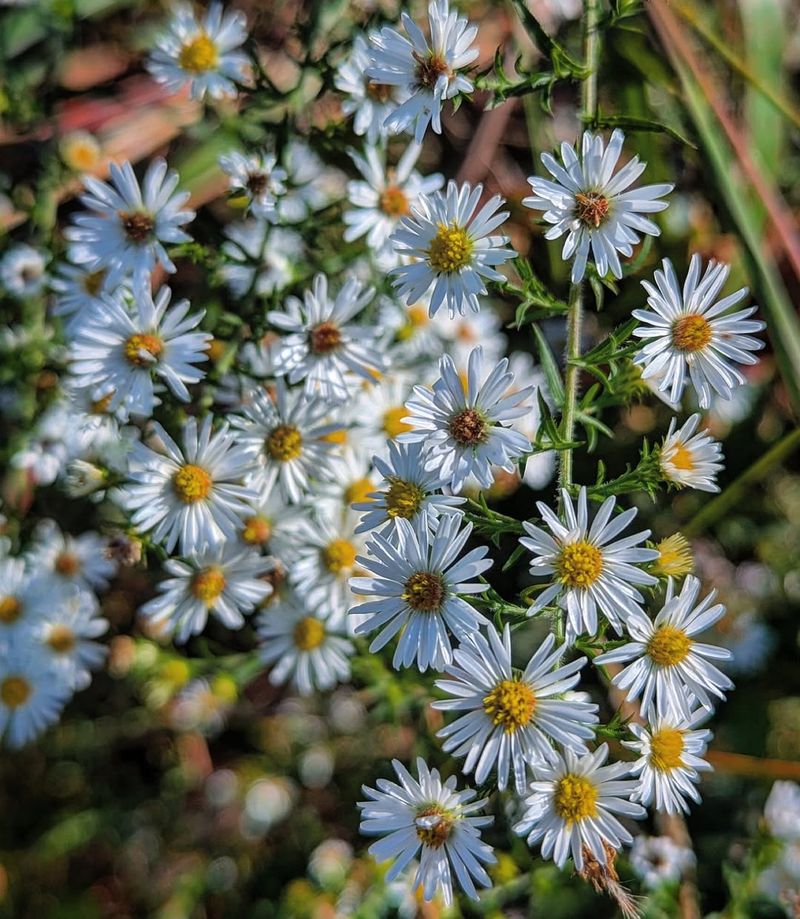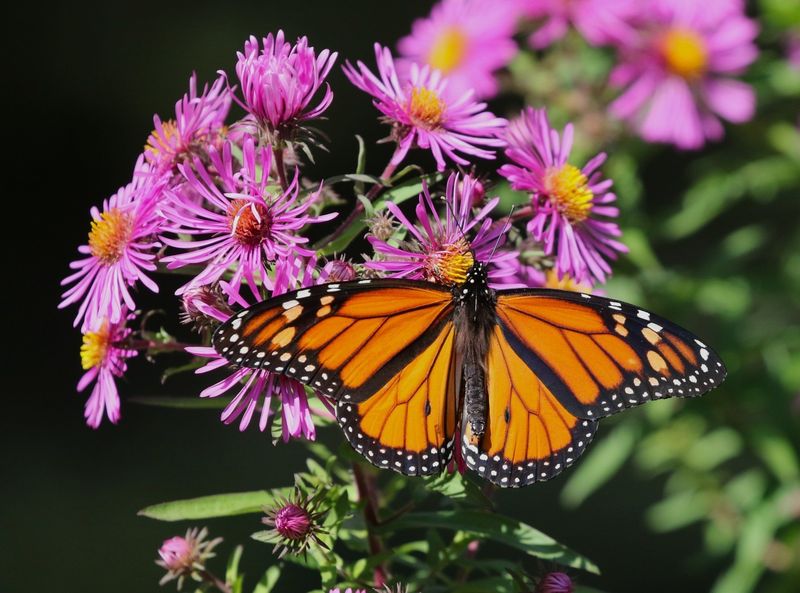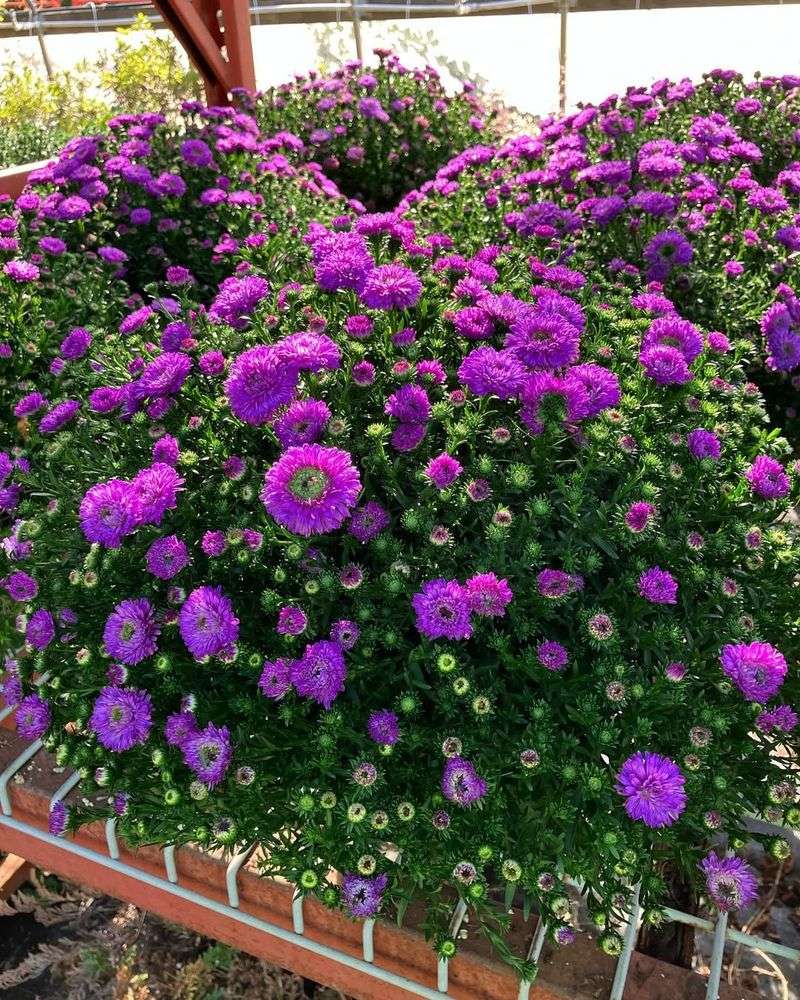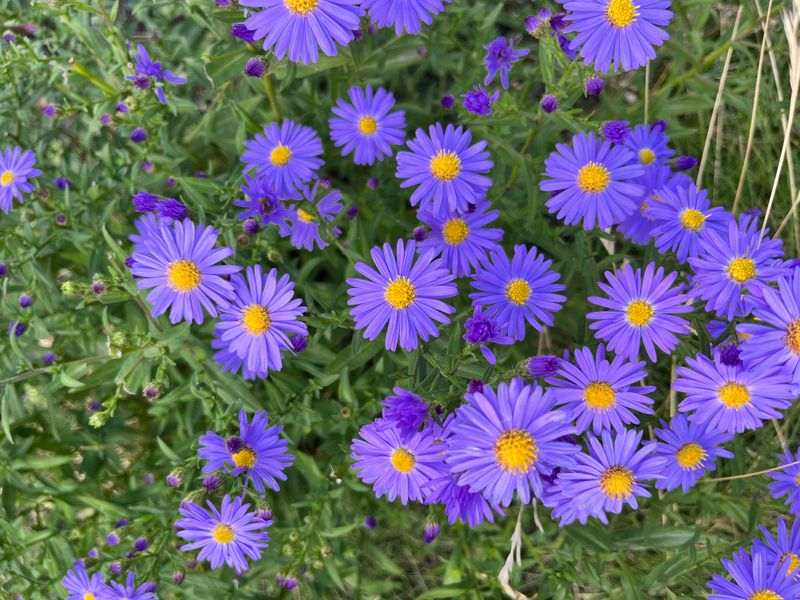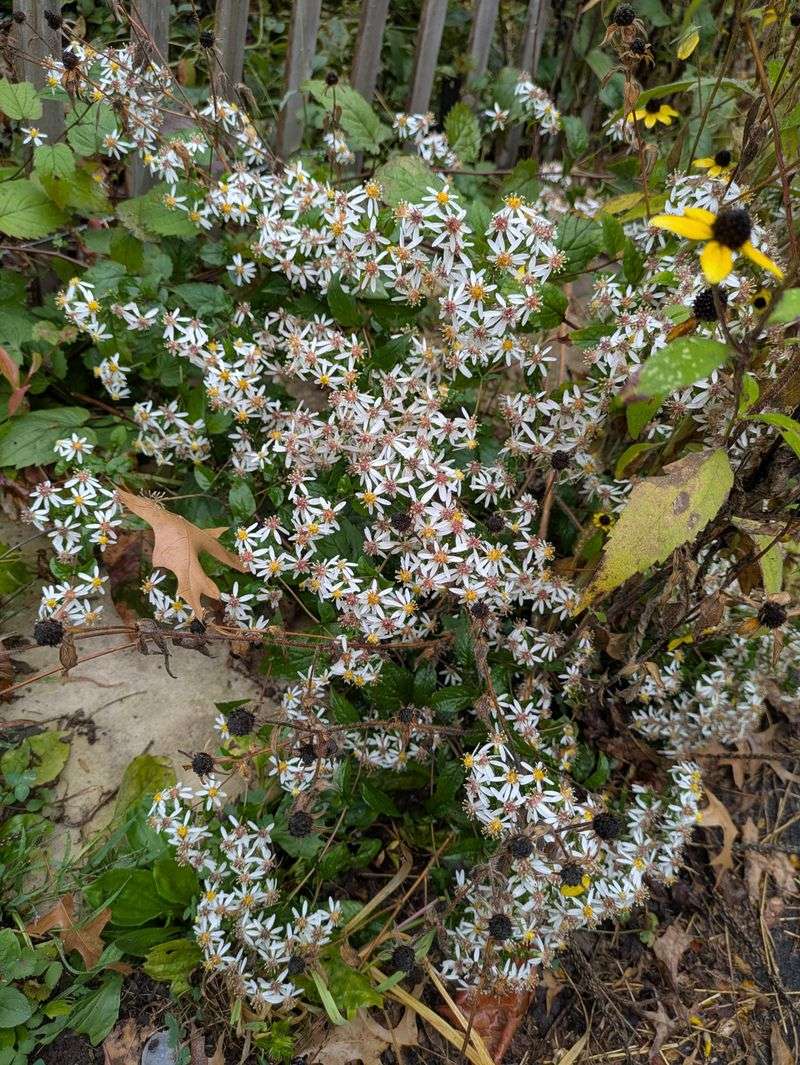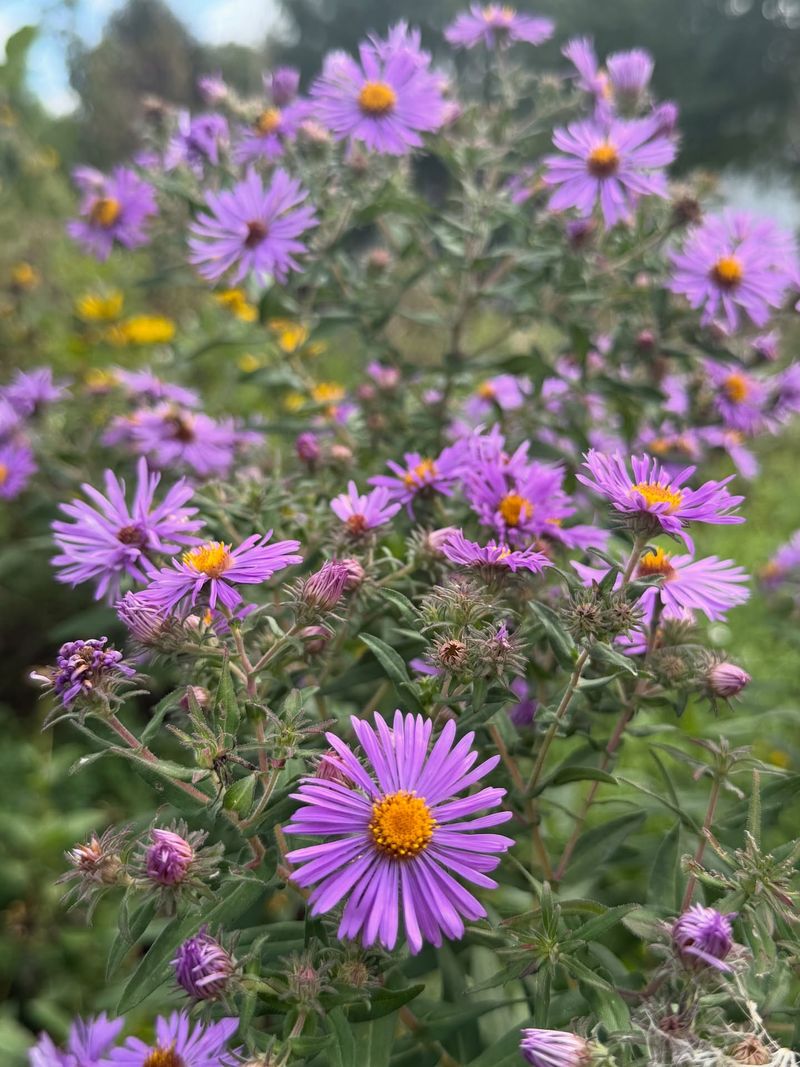When autumn arrives in Vermont, gardens transform into stunning displays of color, and one flower stands out above the rest. Asters bring vibrant purples, pinks, and blues just when most other plants are fading away.
These hardy bloomers are perfectly suited for Vermont’s cool fall weather and can make any garden look amazing!
1. They Bloom When Everything Else Quits
Most flowers call it quits by late summer, leaving gardens looking bare and dull. Asters wake up right when other plants are heading to sleep for winter. From September through October, these cheerful flowers burst into bloom, covering your garden beds with star-shaped blossoms.
Vermont’s cooler temperatures actually make asters bloom even better and last longer. Your garden stays colorful well into fall when neighbors’ yards have turned brown and lifeless.
2. Cold Weather Makes Them Stronger
Unlike tropical flowers that wilt at the first cold snap, asters actually thrive when temperatures drop. Vermont’s chilly autumn nights don’t scare these tough plants one bit. Light frosts that kill off marigolds and petunias barely affect asters at all.
Some varieties can handle temperatures down to the low twenties without damage. This means you get weeks of extra color after everything else has frozen solid, making your investment totally worthwhile for the extended season.
3. Butterflies And Bees Love Them
Pollinators need food before winter arrives, and asters provide exactly what they’re searching for. Monarch butterflies stopping through Vermont on their migration south depend on late-blooming flowers like asters for energy. Bees gathering final supplies for their hives visit asters constantly throughout September and October.
Planting asters helps these important creatures survive while giving you a front-row seat to nature’s activity. Watching butterflies dance around your garden beats television any day of the week.
4. They Come In Eye-Catching Colors
Forget boring yellow mums that everyone else plants. Asters offer rich purples, hot pinks, deep blues, and crisp whites that really pop against fall’s orange and red leaves. New England asters display intense purple-pink shades that look almost electric in sunlight.
Mixing different aster varieties creates a rainbow effect that photographs beautifully. You can match your home’s exterior colors or go wild with contrasting shades that demand attention from everyone passing by your property.
5. Maintenance Is Nearly Zero
Busy Vermont gardeners appreciate plants that don’t demand constant attention. Asters basically take care of themselves once established in your garden. No deadheading, no special fertilizers, no complicated pruning schedules to remember or follow religiously.
Water them during dry spells and they’re happy campers. Even beginners succeed with asters because these plants forgive mistakes and keep growing despite neglect. Spend your weekends enjoying foliage tours instead of babysitting fussy flowers that need endless attention.
6. They Multiply Without Being Pushy
Asters gradually spread to fill empty spaces without becoming aggressive garden bullies like some perennials. Each year your clumps grow slightly bigger, creating fuller displays without choking out neighboring plants. This controlled growth means more flowers without the hassle of constantly dividing or removing excess plants.
After three or four years, you can split clumps to create new plants for other garden areas or share with friends. Free plants that practically grow themselves? Vermont gardeners call that a winning combination.
7. Native Varieties Support Local Ecosystems
New England asters are native to Vermont, meaning they evolved right here alongside local wildlife. Choosing native plants supports the entire ecosystem, from soil microbes to migrating birds that eat insect visitors. These asters never become invasive problems because they belong here naturally.
Native plants also handle Vermont’s unpredictable weather better than imports from other regions. Supporting local ecosystems while creating beautiful gardens feels good and benefits the environment your kids will inherit tomorrow.

